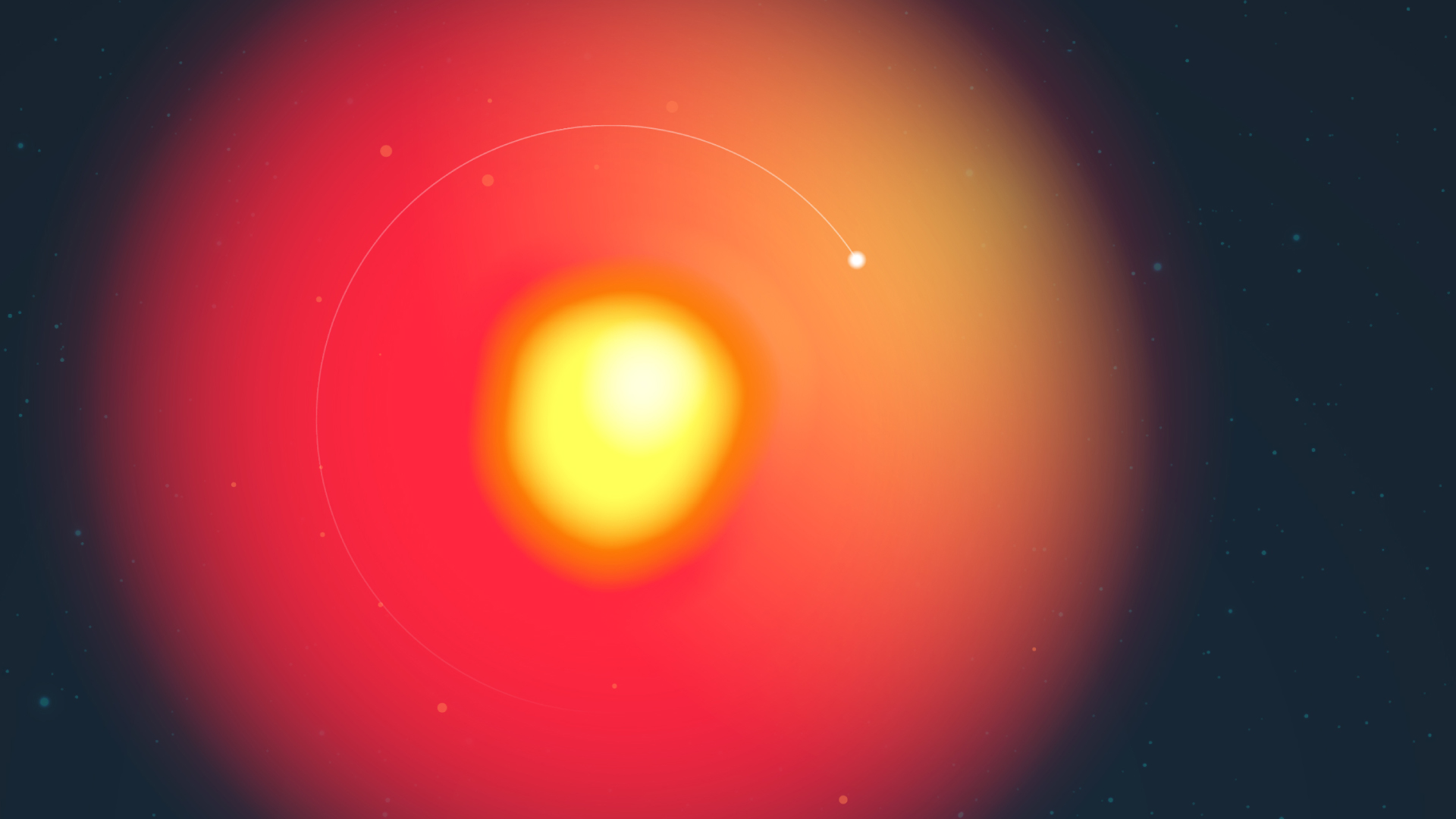How Does AI Answer Fundamental Questions in Earth Sciences? What Is the Timescale of the Sun's Formation? Has the Red Supergiant Truly Found a Companion?
Fascinating questions have recently yielded even more intriguing answers at the HUN-REN Research Centre for Astronomy and Earth Sciences, which we’ve now compiled for you.
Even AI cannot know everything for sure
More and more people are turning to large language models such as ChatGPT, Bard, or the Hungarian-developed PULI GPT-3SX, as they are easily accessible and can process vast amounts of information without requiring advanced programming skills. However, several worrying issues have arisen, including biases in the answers provided, privacy risks associated with user-uploaded files and submitted information, a lack of transparency and detailed descriptions of how these models work, and, quite simply, the occurrence of incorrect responses.

Researchers from the HUN-REN Research Centre for Astronomy and Earth Sciences and Germany’s Climate Risk Analysis have examined the credibility of ChatGPT’s responses to 100 questions deemed most important for Earth sciences. They also explored whether using the synonymous terms "Earth sciences" or "Geosciences" in the questions resulted in any differences in the answers provided.
Their study highlights that, although "Earth sciences" and "Geosciences" are synonymous terms in English, they appeared to carry different meanings in the questions posed to language models. The research revealed that AI-based large language models cannot detach themselves from the biases inherent in the data used to train them. That's why, say the researchers, we should always be critical of the answers they provide.
The article was first published on degruyter.com.
The timescale of the Sun's formation has been calculated
An international research collaboration, including astrophysicists from the HUN-REN CSFK Konkoly Thege Miklós Astronomical Institute and the University of Szeged, has estimated the timescale of the Sun's formation in a 4.6-billion-year time frame.

First, they successfully measured the decay of fully ionised thallium ions using a special particle accelerator at the GSI/FAIR laboratory in Germany. They then used the experimental results to calculate the amount of radioactive lead (205Pb) produced in the stellar interior.
By comparing this with the amount of 205Pb derived from meteorites, they concluded that the Sun formed relatively quickly—within 10 to 20 million years—from the gaseous material in its birthplace. This is consistent with other radioactive nuclei formed in the same stars. As a result, the Sun did not form in isolation but was born in a large stellar family, alongside numerous siblings that have long since scattered and lost each other.
The article was first published in Nature; you can read more about it here.
The red supergiant may have a sibling
The brightening and dimming of the star Betelgeuse has fascinated astronomers for years, with some convinced it could be a precursor to an imminent supernova explosion. However, new findings from HUN-REN CSFK researchers and their US colleagues suggest that the true cause of these brightness fluctuations may be an unknown companion star.

The tenth-brightest star in the night sky, Betelgeuse, may not be on the verge of a supernova after all. A new study, based on an examination of the star’s light variations, concludes that it is much more likely that an unknown companion star orbiting Betelgeuse is responsible for these fluctuations.
The 'Betelbuddy' (as dubbed by the lead author of the scientific paper, Jared Goldberg) acts like a snowplough, clearing away the stellar dust produced by the giant star that obscures its light. As a result, Betelgeuse periodically appears brighter and then dimmer as the companion star orbits it.
Researchers have yet to determine the nature of Betelbuddy. It is most likely a star similar to the Sun, though some suggest it could be a neutron star. The current plan is to capture and observe the companion, with the best opportunity for observation expected around 6 December this year.
The article was first published on arXiv.org; you can read more about it here.

